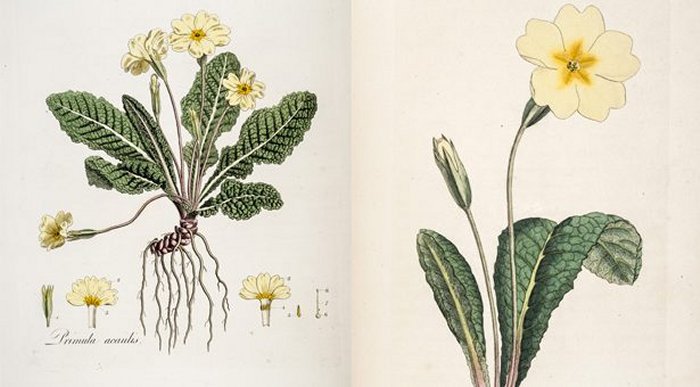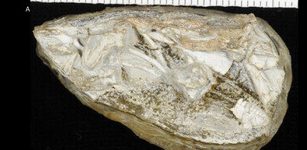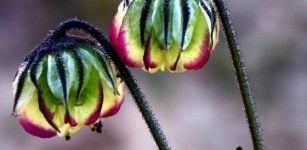Plant Whose Sex Life Fascinated Charles Darwin
MessageToEagle.com – The complicated sex life of Primula was a subject that fascinated Charles Darwin and generations of geneticists that followed because it’s one of the best examples of heteromorphic flower development.
Researchers have genetically transformed the Common Primrose (Primula vulgaris) for the first time (previous attempts to transform Primula have been unsuccessful) in a development that could shed light on one of the plant world’s most renowned reproductive systems.
Heteromorphy (or heterostyly) is a phenomenon in which plants exhibit two or three distinct forms of flowers based on the position of the male and female sex organs. Now, some of the secrets that eluded Darwin could be revealed following the biotechnological success announced by researchers from the John Innes Centre, the University of East Anglia (UEA) and the Earlham Institute.
The technology known as Agrobacterium-mediated plant transformation involves using soil bacteria to insert or modify genes in a plant genome. This method is used on model organisms such as Nicotiana benthamiana and Arabidopsis thaliana to understand the molecular workings of plants.
However, these species cannot be used to study heteromorphy because their flowers are all homomorphic which means they are able to self-fertilize.
“Now we have a transformation system we can use gene editing tools such as CRISPR-Cas9 to work out exactly what the gene function is that controls heteromorphy in the Primula family,” Sadiye Hayta, of the John Innes Centre, said in a press release.
“Longer term, there may be implications for commercial crops. If we understand the roles of these different genes we could take them over to a commercial crop and use it in a hybrid system,” she added.
The flowering plant is one of the best-known examples of heteromorphic flower development.
MessageToEagle.com











